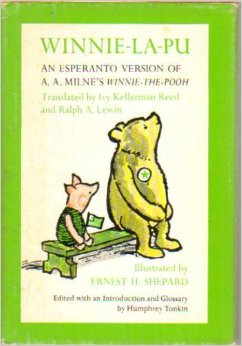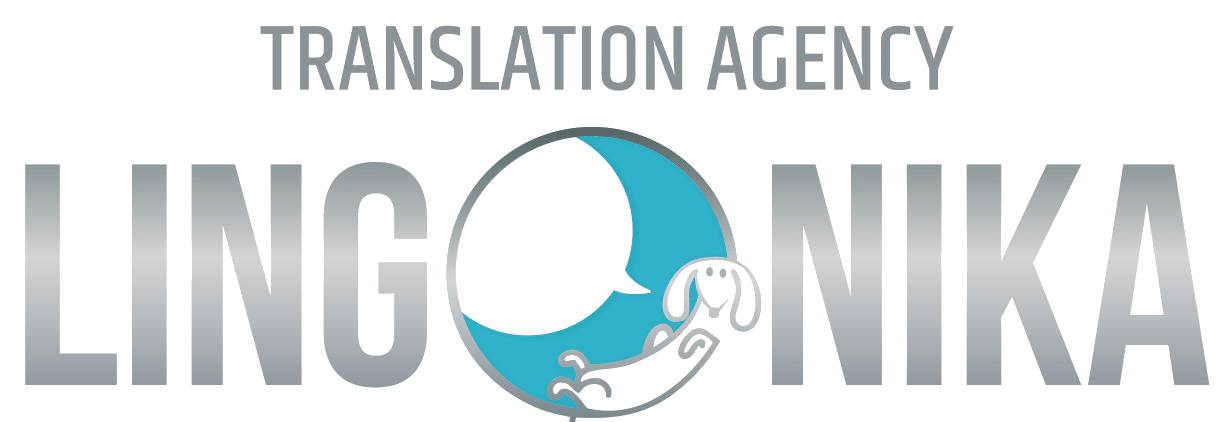On the 26th July1887, under the pseudonym Doktoro Esperanto (one who hopes), the Polish-Jewish ophthalmologist Ludwik Zamenhof published Unua Libra, a book about a new auxiliary language – Esperanto, which he hoped would become a widely-adopted means of international communication.
In this book, he outlined his three goals for Esperanto:
- To render the study of the language so easy as to make its acquisition mere play to the learner.
- To enable the learner to make direct use of his knowledge with persons of any nationality, whether the language be universally accepted or not; in other words, the language is to be directly a means of international communication.
- To find some means of overcoming the natural indifference of mankind, and disposing them, in the quickest manner possible, and en masse, to learn and use the proposed language as a living one, and not only in last extremities, and with the key at hand.

Zamenhof’s aspirations for Esperanto were ambitious, but it is probably the most successful constructed language in the world. It is spoken by around 2 million people worldwide. Although it is a constructed or artificial language, some of these are native speakers, having learned it from birth. There are also a large number of organisations that support people interested in, involved with and learning Esperanto. The Universal Esperanto Association (http://www.uea.org) is probably the largest, with members in 120 countries. It has even been adopted by Google Translate. Facebook, always a good place to research trends, report 350,000 users declaring Esperanto as a spoken language.
And, despite the continuing popularity of English as a universal language, Esperanto is actively used, sought and studied to this day. The take-up of a recent Duolingo course (https://www.duolingo.com/course/eo/en/Learn-Esperanto-Online) highlights this – by November last year, over 600,000 users had signed up to study. Esperanto is clearly one to watch!

